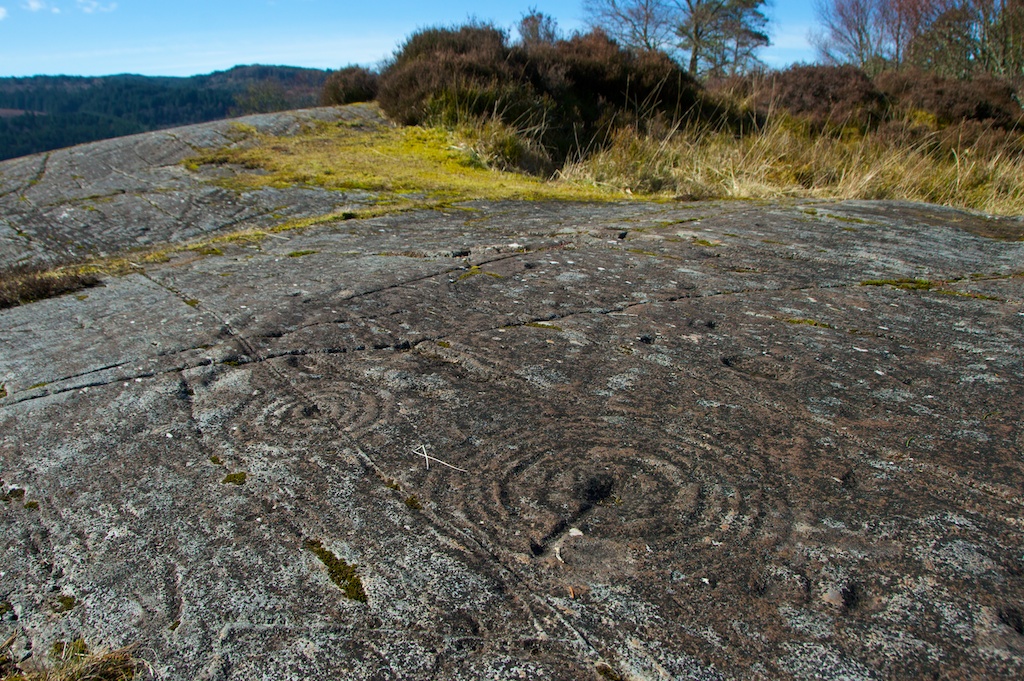
Prehistoric rock art at Achnabreck
 There are few historical sites about which absolutely nothing is known: even when folklore and tradition have little to say, there’s usually some carbon dating of organic remains that will yield a vague suggestion about who was buried there, or who used it, and when they might have lived.
There are few historical sites about which absolutely nothing is known: even when folklore and tradition have little to say, there’s usually some carbon dating of organic remains that will yield a vague suggestion about who was buried there, or who used it, and when they might have lived.
But on a hillside above Lochgilphead in Argyll, an extraordinary place continues to resist the logic of science.
“…the largest and most extensive group of prehistoric rock-carvings in Scotland.” RCAHMS Canmore
This is Achnabreck, where three outcrops of rock are covered in wonderful carved symbols. Most are concentric circles, some with a straight line cutting through to the middle, sometimes overlapping, and varying in size from a few inches to three feet across; around them, apparently at random, are cup-marks and occasionally spirals, and many are connected by lines cut into the rock. Some of these straight lines look like glacial striations, but often they are crossed and overlaid with deeper grooves, either dividing or connecting the circles.
“It is clear that the potential date range is very long, from around 3500 to around 1000 BC. The Kilmartin Glen rock art, including that at Achnabreck, is likely to be around 5,000 years old.” Historic Scotland
The information signs at Achnabreck are candid about the mystery, suggesting that the symbols may have had some significance in rituals, at a time when people believed that “the landscape itself was alive and had powers of its own”. I’ve got to say that this is something I still like to believe. Visitors are invited to open their minds and draw their own inspiration about the site, and with these photographs I hope that you will enjoy doing the same.
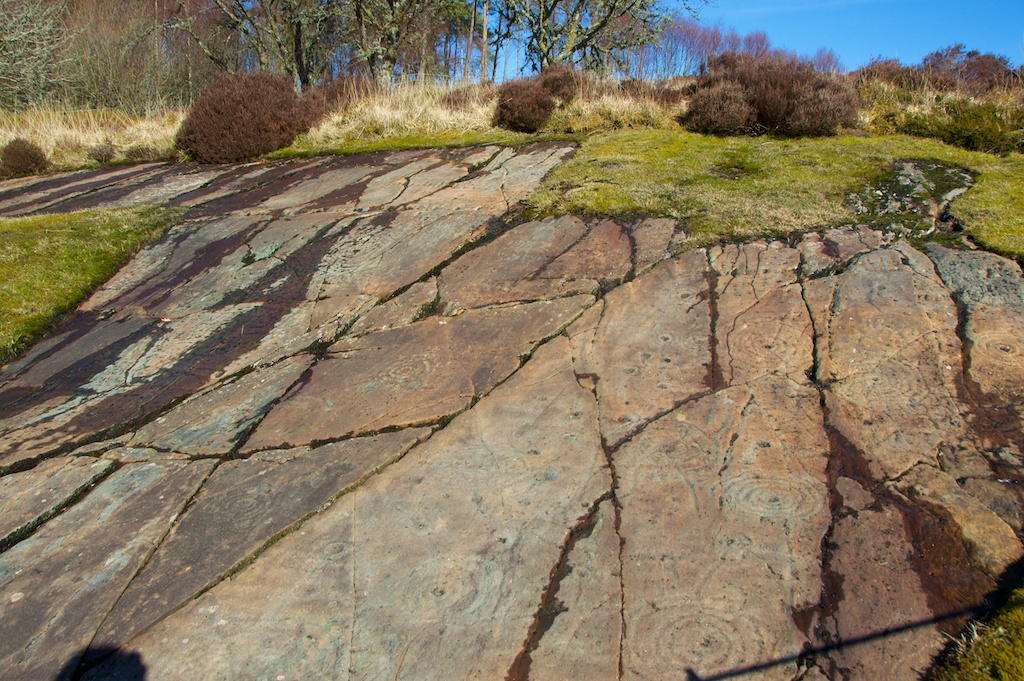
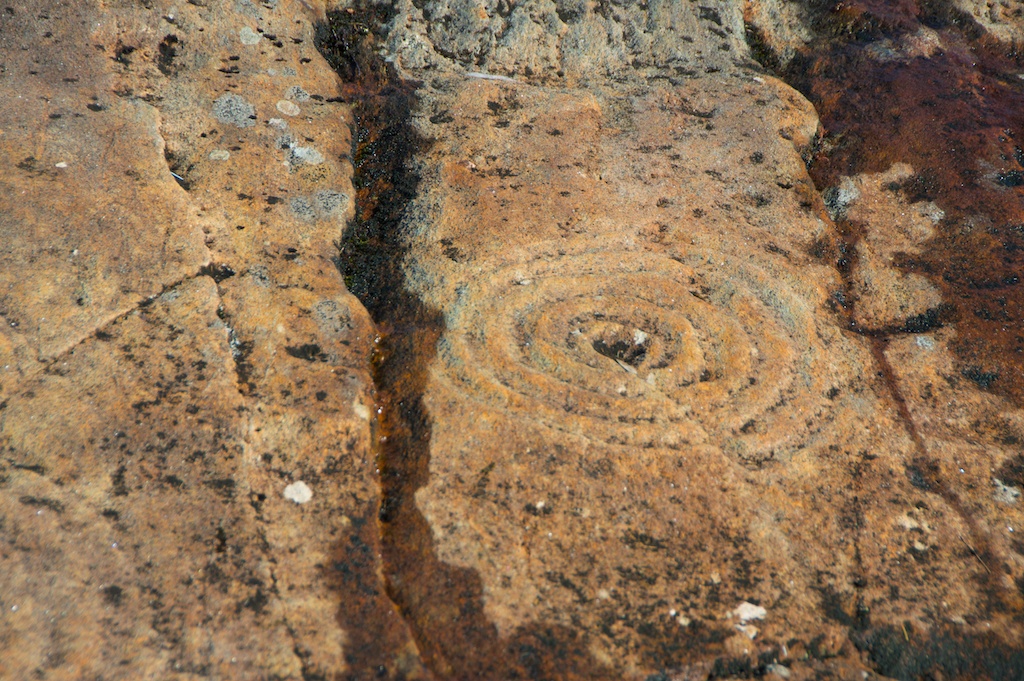 It has been suggested that the carvings were made with quartz tools, because fragments of white quartz that had been used in hammerstones have been found close by.
It has been suggested that the carvings were made with quartz tools, because fragments of white quartz that had been used in hammerstones have been found close by.
There are three separate outcrops of carved rock at Achnabreck – although more may yet be hidden under the earth – and the walk there is a delight, especially on a crisp morning with the sunlight sparkling on forests of moss and thrushes singing from the oak woods.
You can find Achnabreck just a couple of miles north of Lochgilphead on the road up through Kilmartin Glen. A forest track leads to a car park, and from there you will see waymarked woodland paths.
Sources & more information:
- Kilmartin Glen
- ‘The Petroglyphs at Achnabreck, Argyll’, by Ronald W B Morris via Archaeology Data Service
- Historic Scotland
- RCAHMS Canmore
Photos copyright © Colin & Jo Woolf
Coming soon…
Temple Wood stone circle and Nether Largie burial chamber in Kilmartin Glen
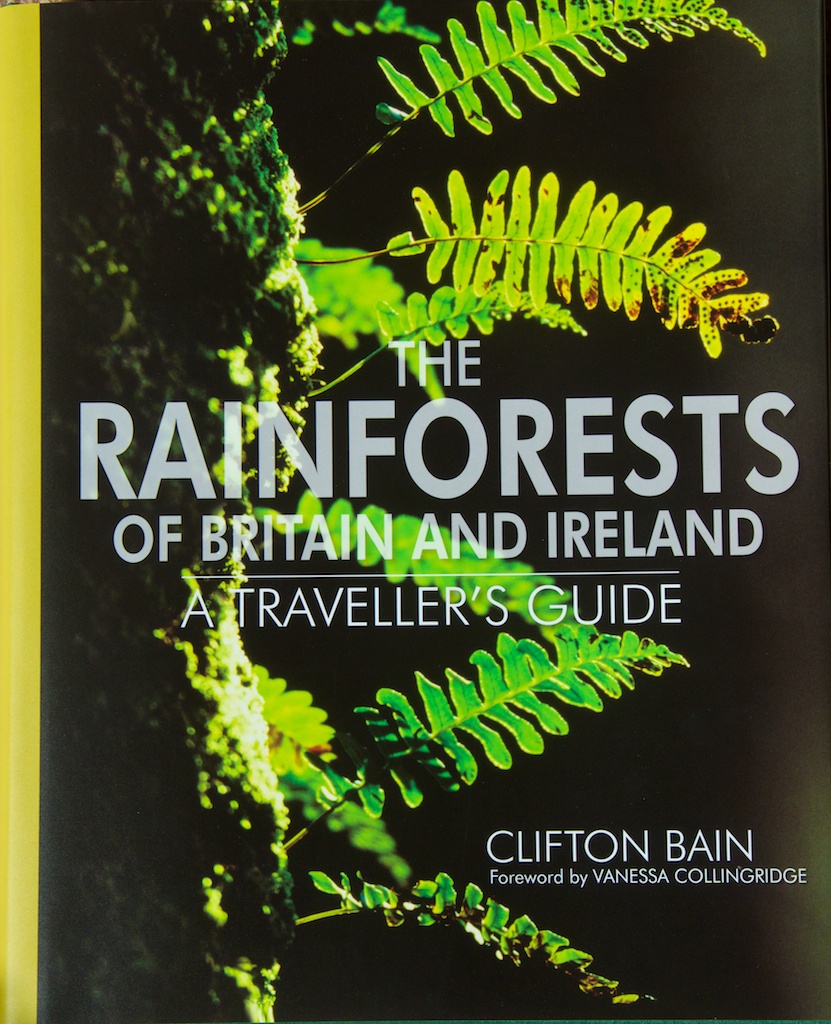

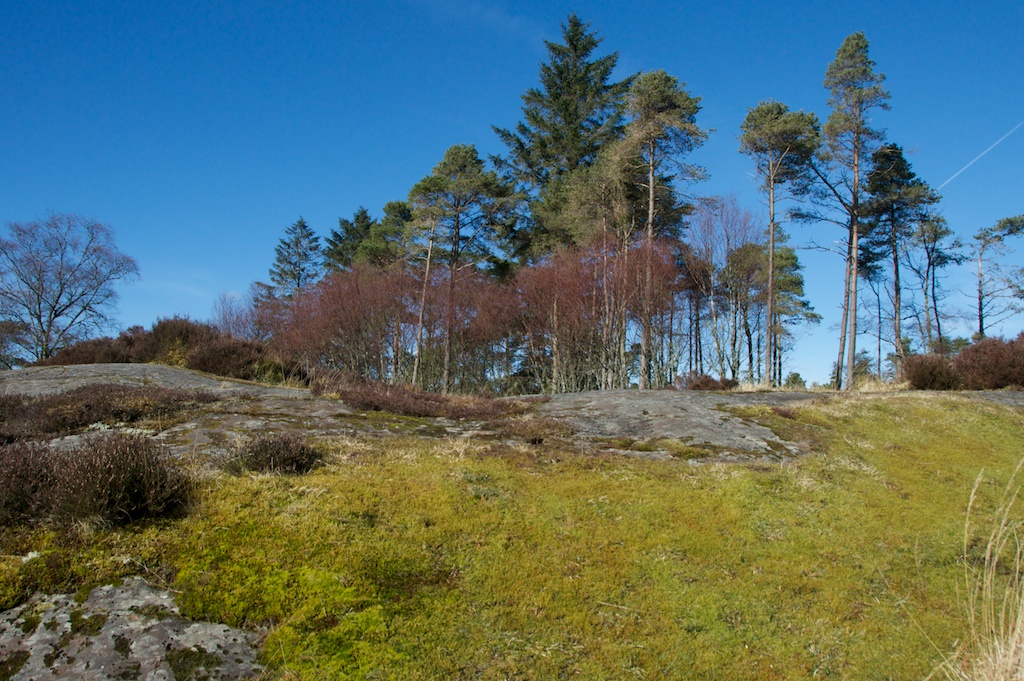
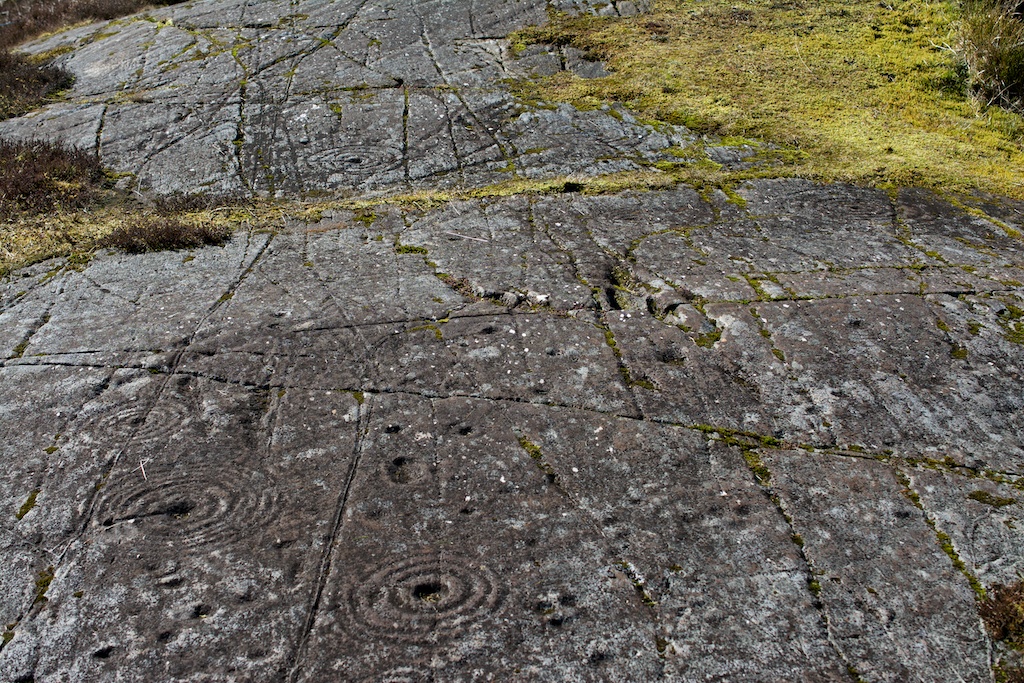
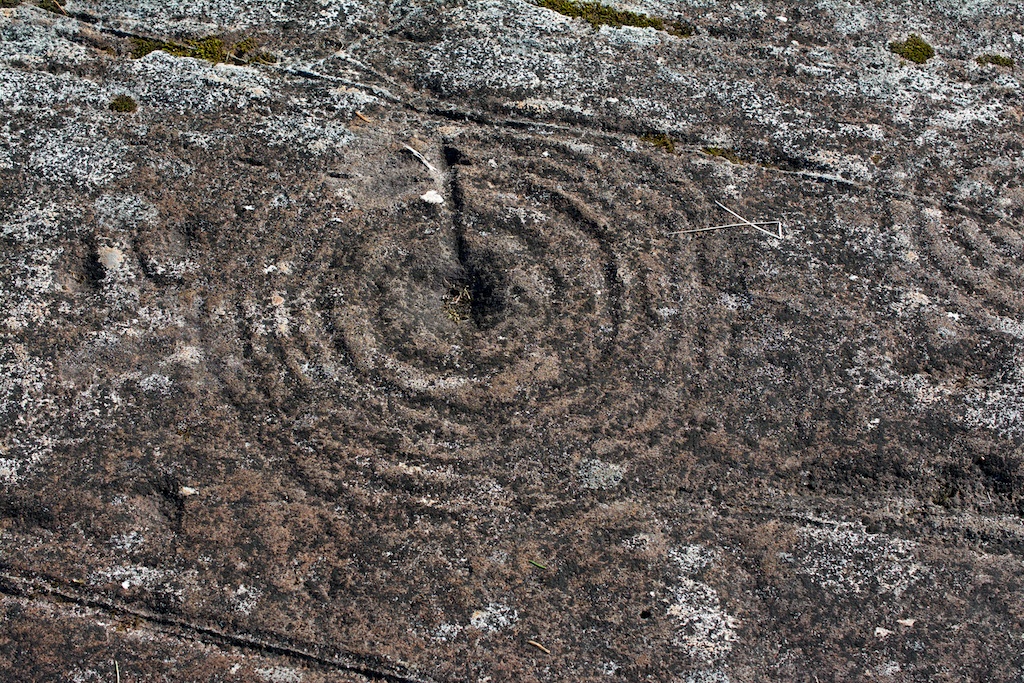
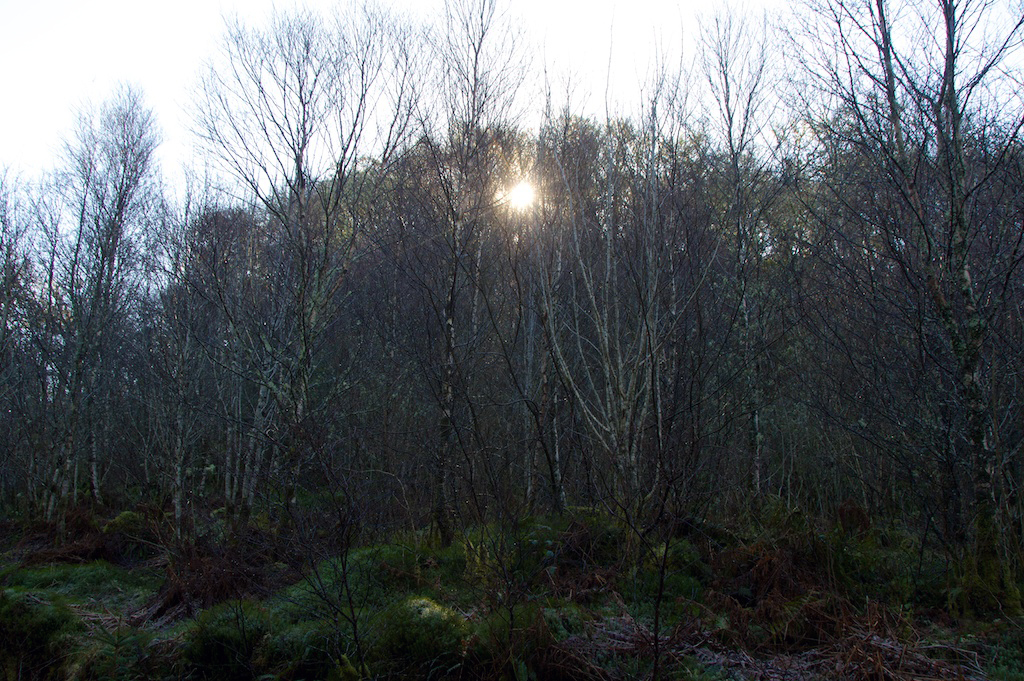
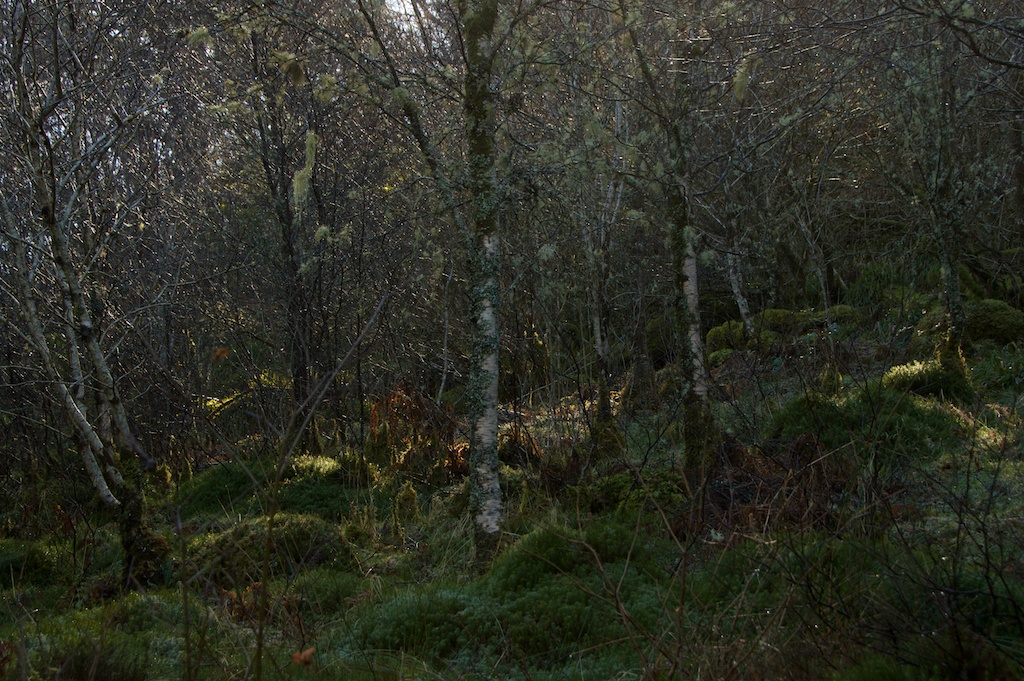
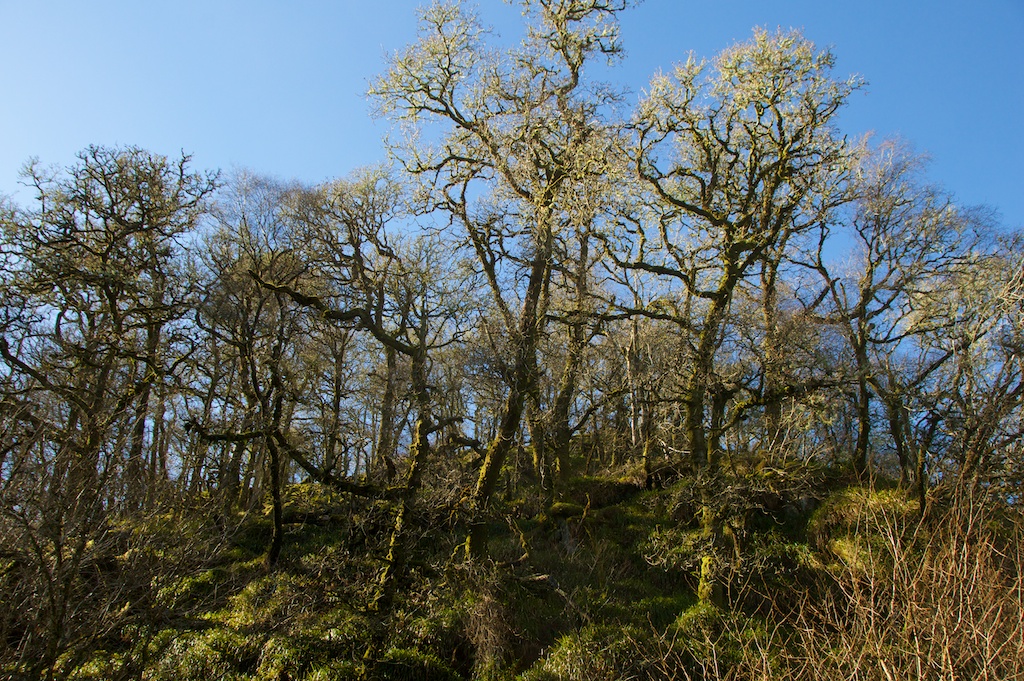
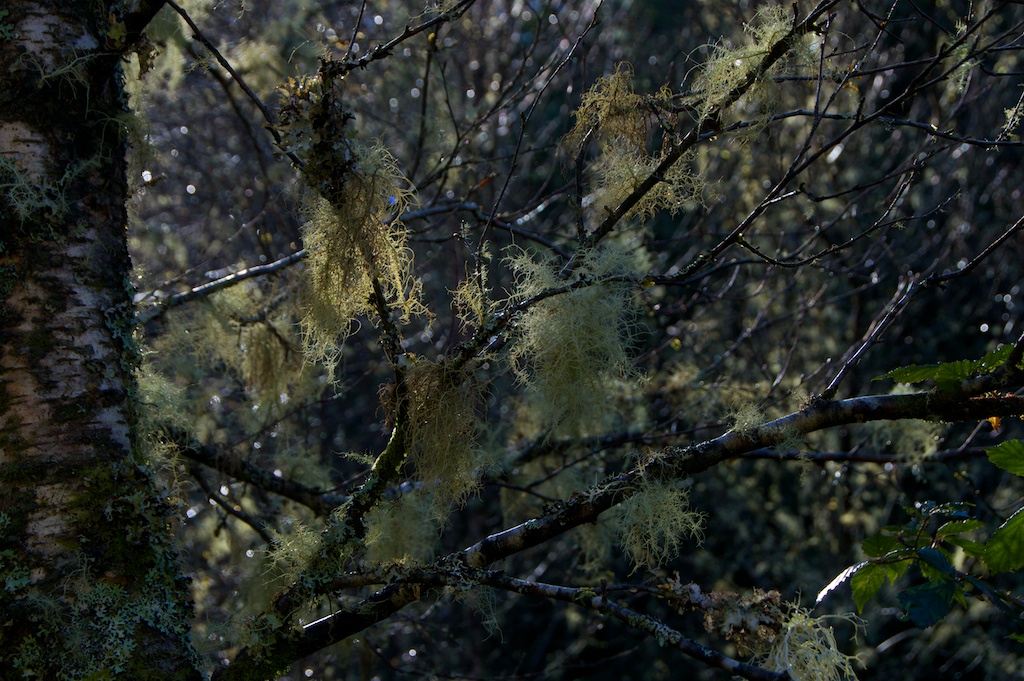
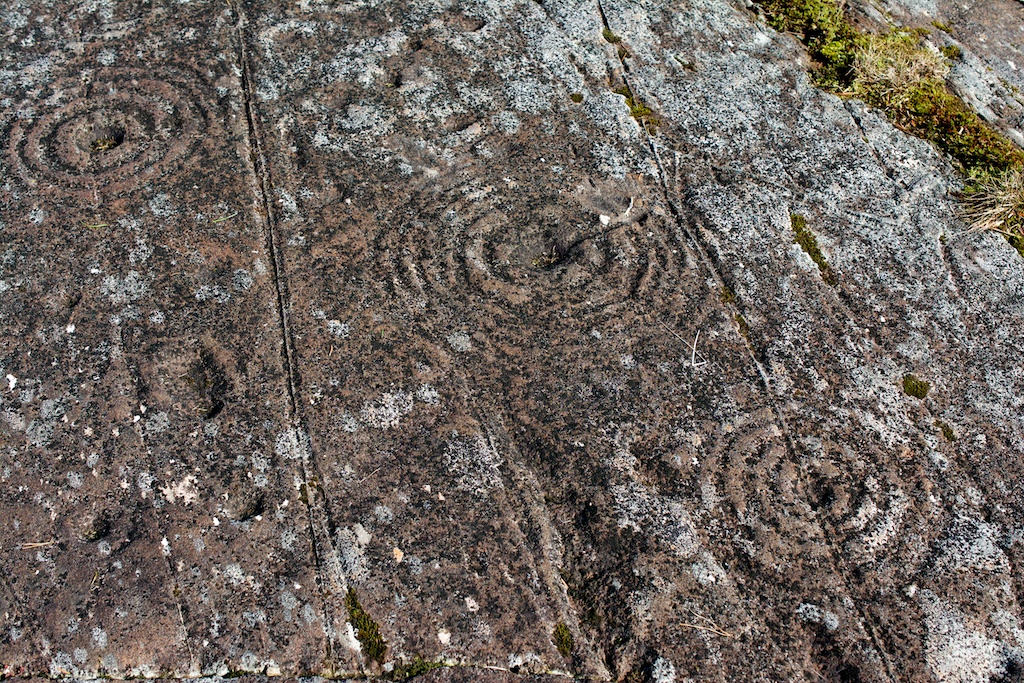
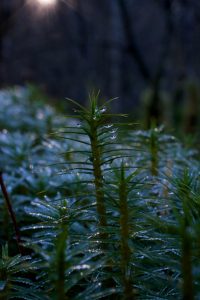
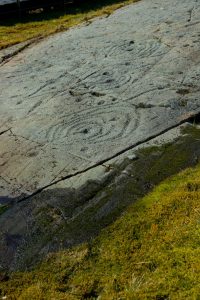
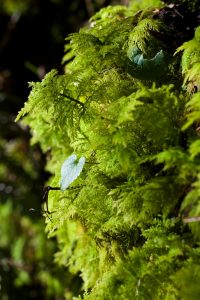
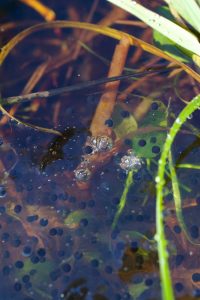
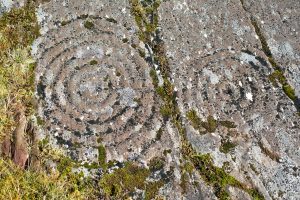
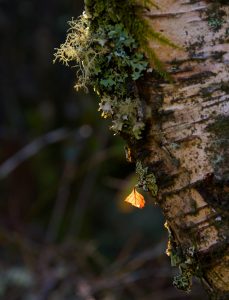
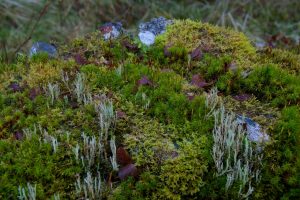
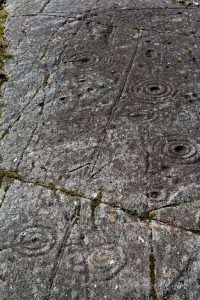
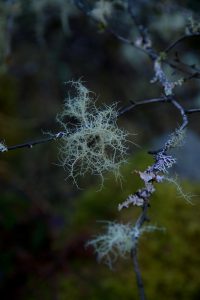
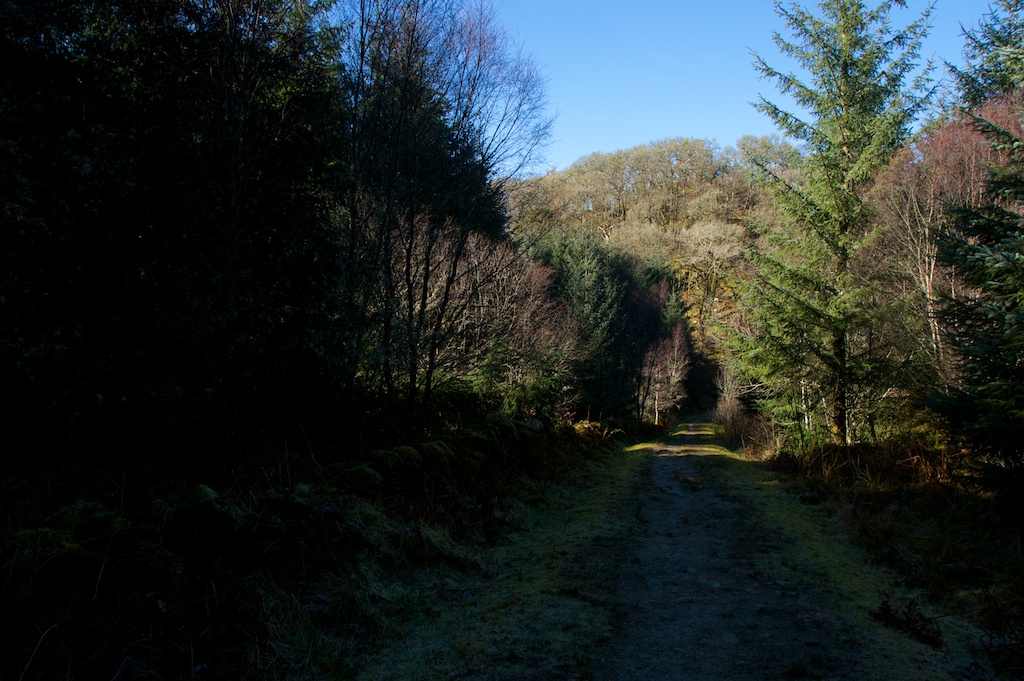
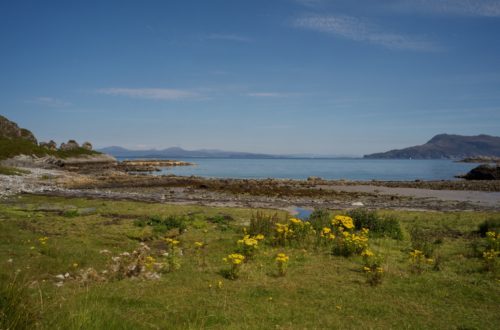
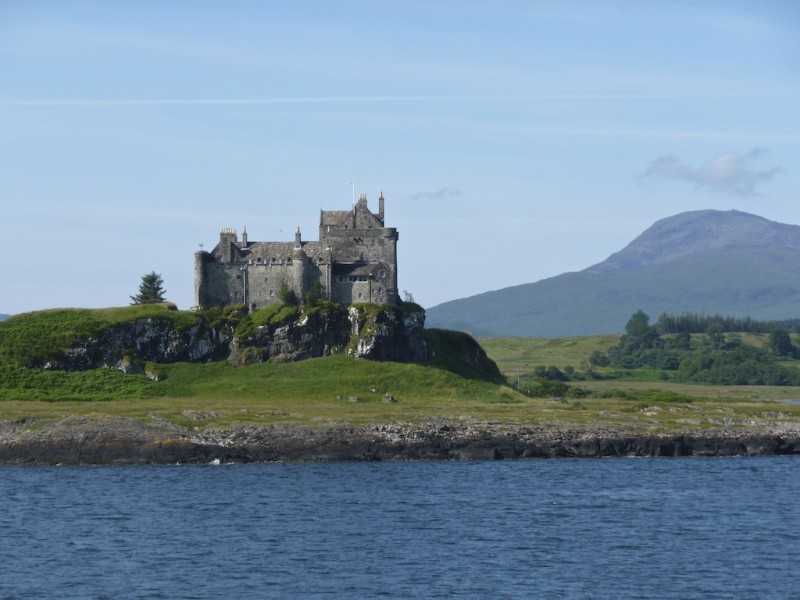
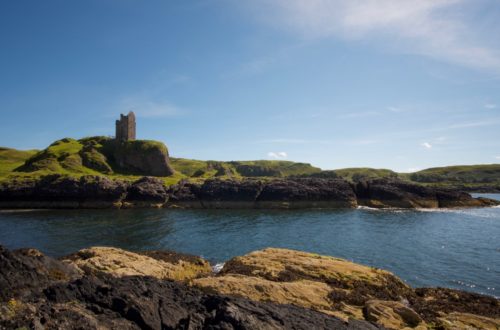
37 Comments
david
Great post Jo. I quite like the fact that there are still some mysteries around. And from what you say this seems likely to remain one of them. I love the photos of the wood. Dreich morning here in Edinburgh and your lovely photos bucked up the day. Thank you.
Jo Woolf
Me too, David, and thank you. Perhaps some mysteries will always elude modern logic. Yes, dreich here this morning – bring back the sunshine!
David A Lockwood
A fascinating site/post and complimented by your photographs.
Rock art has still so many mysteries yet to be unravelled (if they ever will be !) probably we are never going to fully understand, ultimately all will come down to conjecture.
David.
Jo Woolf
Thank you, David. What you say is very true. And it was lovely in a way not to have bundles of ‘facts’ to absorb – just to be able to breathe it all in.
winderjssc
What a fantastic site and your photographs of it are beautiful. I’d love to visit this place.
Jo Woolf
Thank you, Jessica. You would have loved everything about Achnabreck. And we made very slow progress up the track, with so many other things to photograph!
Pat
Well done, Jo, pictures and prose. I’ve never seen anything quite like that. Makes me wonder if it describes some sort of path that a shaman might follow when performing a ritual. The idea that things like rocks and woods and water have spirits is very ancient. Probably came out of Africa with us. What a magical place.
Jo Woolf
Thanks, Pat! That’s an interesting thought, about the paths a shaman might follow. I wondered if they may be centres or lines of energy, perhaps even aids for meditation like a labyrinth. But the beauty of it is that we are still able to wonder. Magic is still there! 🙂
http://vivinfrance.wordpress.com
Very interesting
Lorna
How very curious. Your photographs are inspiring and I love the look of the forest track, it lures the viewer in.
Jo Woolf
It was a lovely woodland walk, Lorna, on such a perfect morning. Makes me want to go there every day, just to experience it! 🙂
Maia T.
For obvious reasons, I have no trouble with animist concepts of landscape as a living thing. This looks like a place I should pay a visit to.:)
Jo Woolf
I think you would love it! 🙂
Jane
What a lovely walk, made extra interesting by the mystery of the rock art. Beautiful photos. The leafless trees and the hanging moss make for a great atmosphere.
Jo Woolf
It was beautiful, Jane – felt as if the earth was just waking up. So deeply peaceful, too.
Bella and Esme
How fascinating! What a great piece. Loved the photographs too. Thanks for sharing x
Jo Woolf
Thank you! It was a perfect morning for photography. I was only vaguely aware that this place existed, but I’m so glad we found it! In many ways it has just as much atmosphere as standing stones or other more dramatic sites.
blosslyn
How interesting and amazing that we will never really know what they were for, could be something quite simple…..it’s on the list and it looks like you had a beautiful morning for it, lovely photos 🙂
Jo Woolf
Yes, it could be so simple, Lynne! There’s something very special about Kilmartin Glen, as you know. We had a brilliant day for photography. Makes me want to go back over there now!
blosslyn
Well hopefully I will find out soon, just hope it doesn’t rain, I can put up with the cold, but the rain, no, it plays havoc with the camera 🙂
Jo Woolf
Keeping fingers crossed for you! 🙂
blosslyn
Thank you 🙂
Moira Goodman
Gosh Jo, love this posting. What an amazing place which I hadn’t heard of before. The photos are incredible. Makes me want to pay a visit!!
Jo Woolf
Thank you, Moira! You’d love this place, I’m sure. It’s just magical, and we caught it on the most perfect morning.
Fife Photos and Art
Wonderful photos Jo 🙂 And the stone markings are truly fascinating. To me, they must be for some sort of ritual or ‘religious’ use, as they would have taken many hundreds of hours to have carved them so precisely. The rocks that they have been carved into must be hard, so that they have survived till now. Imagine trying to just carve your initials with just another rock! it would be nigh on impossible – at which point all the UFO people scream out that they were caused by aliens, which is another thought to add to the mix (not that I believe that’s how they were formed).
Jo Woolf
Thank you, Andy! That is true, and especially to create circles within circles using flakes of quartz is a difficult job in itself. As for their purpose and origin, the truth is written there somewhere – on the rocks or in our minds? Who knows? 🙂
McEff
Hi Jo. Rock art is a fascinating subject, and it’s interesting that the same themes seem to crop up at different sites across the British Isles, so there must be some significance to those shapes and squiggles. They are obviously more than mere doodles.
Cheers, Alen
Jo Woolf
There’s definitely some wisdom here, Alen, that we’ve forgotten at some stage down the line. Do you have any examples in your part of Spain?
McEff
That hadn’t crossed my mind, Jo. I shall look into it.
~ Dawn-Marie ~
Beautiful photos and what an interesting place to walk. I wonder if the circles are like a calendar, counting the days, months or years? 🙂
Jo Woolf
That’s a nice thought! It’s such an endless and tantalising question. I love places like these. Thank you for your comment! 🙂
JennyOH
What a beautiful mystery. They look like raindrops on a pond.
Jo Woolf
Yes, that’s very true! Maybe they represent energy in a similar way.
Colin MacDonald
Very interesting, I had an ancestor who lived at the farm of Ormaig in the Northern part of Kilmartin, just next to where the other famous rock carvings are situated. To think they lived and worked the land, completely oblivious to the carvings which had become overgrown with vegetation.
Jo Woolf
That’s a very interesting thought, Colin. It makes you wonder what is still there, under the surface.
Robyn Peek
I’ve not long returned home (Australia) from a family history tour of Scotland.Since returning I’ve discovered your magazine and read a few articles about places I’ve been to. What a shame I didn’t find you before I went! What I did and saw was amazing and very personal but I could have added that extra layer. I was very close to this site and had no idea it was even there.
Jo Woolf
Hi Robyn, oh that’s a shame! But I hope that you had a very enjoyable trip anyway. I think there are always extra places to explore, no matter how many times you visit – I find that, anyway, especially with sites like Kilmartin Glen. I hope you’ll get another opportunity to come back and explore further!